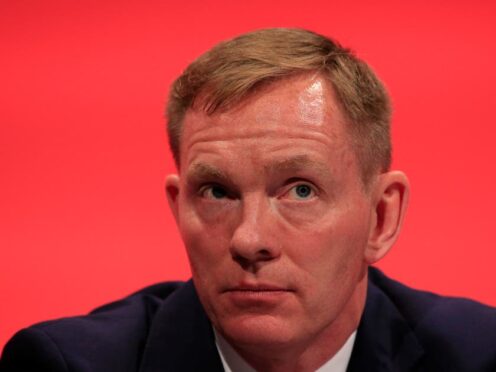
A Labour shadow minister said he hopes artificial intelligence (AI) will be used to develop an app that could detect whether a mole is a potential skin cancer.
Sir Chris Bryant has previously said a mole on the back of his head turned out to be melanoma, and he was given a 40% chance of living a year but surgery and targeted therapy “dramatically improved” the outlook.
The MP for Rhondda had been cancer free, but earlier this month revealed he is having immunotherapy after skin cancer was detected in his lung in January.
Sir Chris told the Commons: “The economic opportunities for our country through artificial intelligence are, of course, outstanding.
“With the right sense of mission and the right government, we can make the most of this emerging technology to unlock transformative changes in our economy, our NHS and our public services.
“Just think of AI in medicine, it’s a personal hope that it may be possible soon to have an AI app that can accurately assess whether a mole on somebody’s back, or their arm, or their leg, or the back of their head, is a potential skin cancer like melanoma, that might definitely save lives.
“I would also say you can say exactly the same about diagnosis of brain injury or many other different kinds of cancer and many other parts of medicine.
“So there could be no more important issue to tackle, but the Government I fear have fluffed it again.”
During a statement on the AI Seoul Summit, Sir Chris criticised the lack of representatives from the creative industries at the conference.
He said: “Why none at all? Despite the fact that this is £127 billion industry in the UK and many people in the creative industries are very concerned about the possibilities and the threats and dangers and risks associated with AI for remuneration of creators.”
Technology minister Saqib Bhatti said “brain omics” AI is identifying strokes in patients earlier on, adding: “That means three times more people are living independently than previously could have, and that really does mean that it can be used in other critical pathways.”
He continued: “Nice (National Institute for Health and Care Excellence) has already recommended that AI technologies can be used in the NHS to help with contouring of CT and MRI scans to plan radiotherapy treatment for people, and external beam therapy as well.”
At the summit held in South Korea, 27 nations and the European Union signed a new agreement – known as the Seoul Ministerial Statement – to create shared risk thresholds around the development of AI.
The agreement will see the countries develop an internationally recognised threshold for AI model capabilities and when it should be considered it poses a severe risk without appropriate mitigations.
That risk could include the potential for AI to help malicious actors acquire or use chemical and biological weapons, or by the technology attempting to evade human oversight through deception.

Enjoy the convenience of having The Sunday Post delivered as a digital ePaper straight to your smartphone, tablet or computer.
Subscribe for only £5.49 a month and enjoy all the benefits of the printed paper as a digital replica.
Subscribe